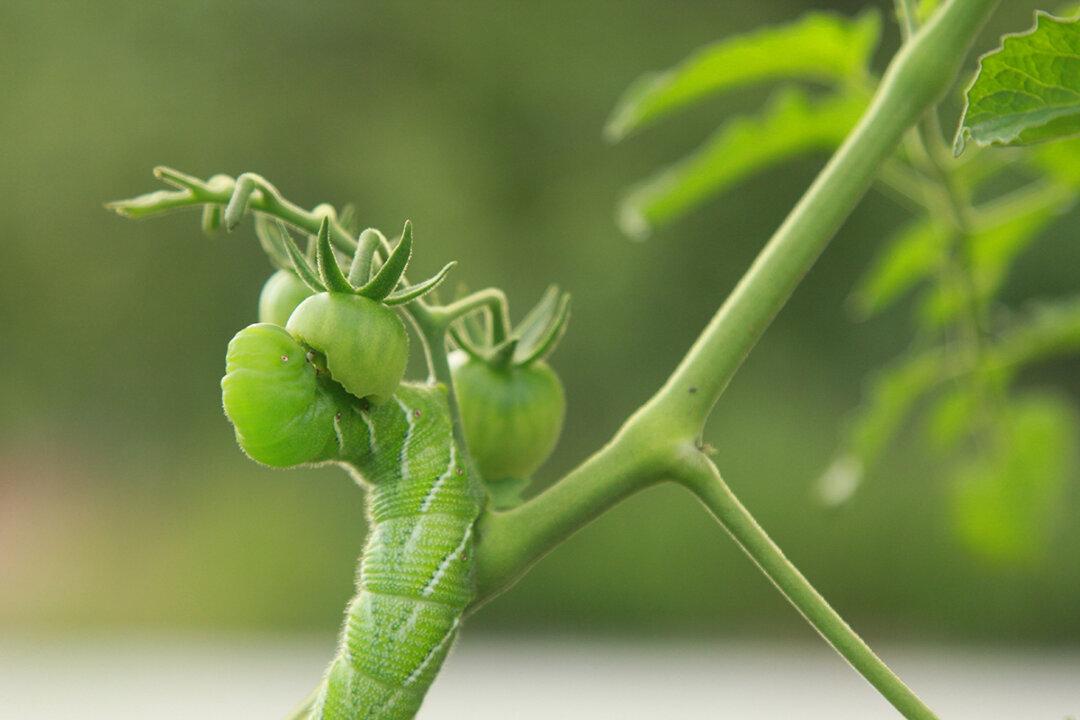The first step in any pest management strategy is to step back and assess the situation. If it’s just a few bad bugs, and the garden is in robust health with a diverse ecosystem, chances are the good bugs will soon take care of them. In fact, it’s a good idea to leave a few pests in the garden to keep the good guys fed.
If, however, the garden world’s first responders don’t take care of the task, it’s time to intervene in as nonintrusive a way as possible, starting with nonchemical methods that keep pest populations down. Several larger pests can be simply picked off by hand, particularly when they first arrive. Bug sprays and powders, even organic ones, should be used sparingly, applied only to affected plants in the evening when the pollinators are done for the day, and never sprayed directly on open or ready-to-open flowers.





